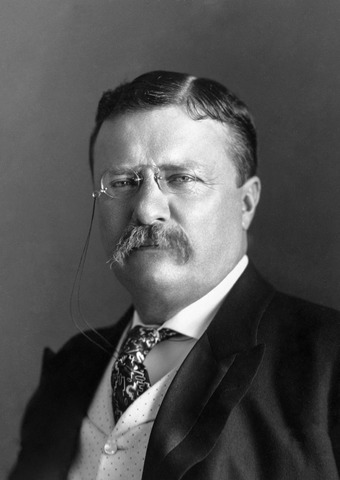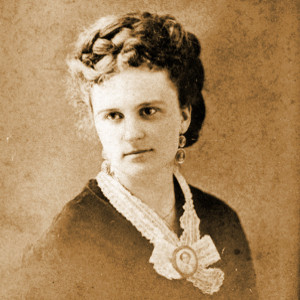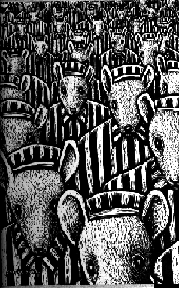Who is Howard Zinn?
Here is a quote from him, from his bestselling book
A People's History of the United States:
I don’t want to invent victories for people’s movements. But to think that history-writing must aim simply to recapitulate the failures that dominate the past is to make historians collaborators in an endless cycle of defeat. If history is to be creative, to anticipate a possible future without denying the past, it should, I believe, emphasize new possibilities by disclosing those hidden episodes of the past, when, even if in brief flashes, people showed their ability to resist, to join together, occasionally to win. I am supposing, or perhaps only hoping, that our future may be found in the past’s fugitive moments of compassion rather than in its solid centuries of warfare. That, being as blunt as I can, is my approach to the history of the United States. The reader may as well know the before going on.
- What does he seem to value and why?
- What does he seem to think the purpose and function of history is?
- How does this approach seem similar to and different from how you have studied history in school?
- What are your thoughts on the reading you did?
Other relevant materials:
Also, in keeping in-line with critically looking at history,
here is a great article about how Lincoln ordered the mass execution of 38 Sioux. Sherman Alexie even
wrote a poem about it.
At this point in the year, we have not had many opportunities for small group discussion. Academic discourse is a necessary skill that needs to be honed. Your ideas are important, and as such we want you to feel comfortable sharing those ideas.
For
The Lone Ranger and Tonto Fist Fight in Heaven, we will be working on discussion tactics and skills, which will carry us over throughout the year. For the short stories in the book, take notes--use the
note guide provided. We will have small group discussion, which will be assessed following a
strict protocol before we open up to a full-class discussion. Remember, any notes you take will help you with your essay at the end of the week.









